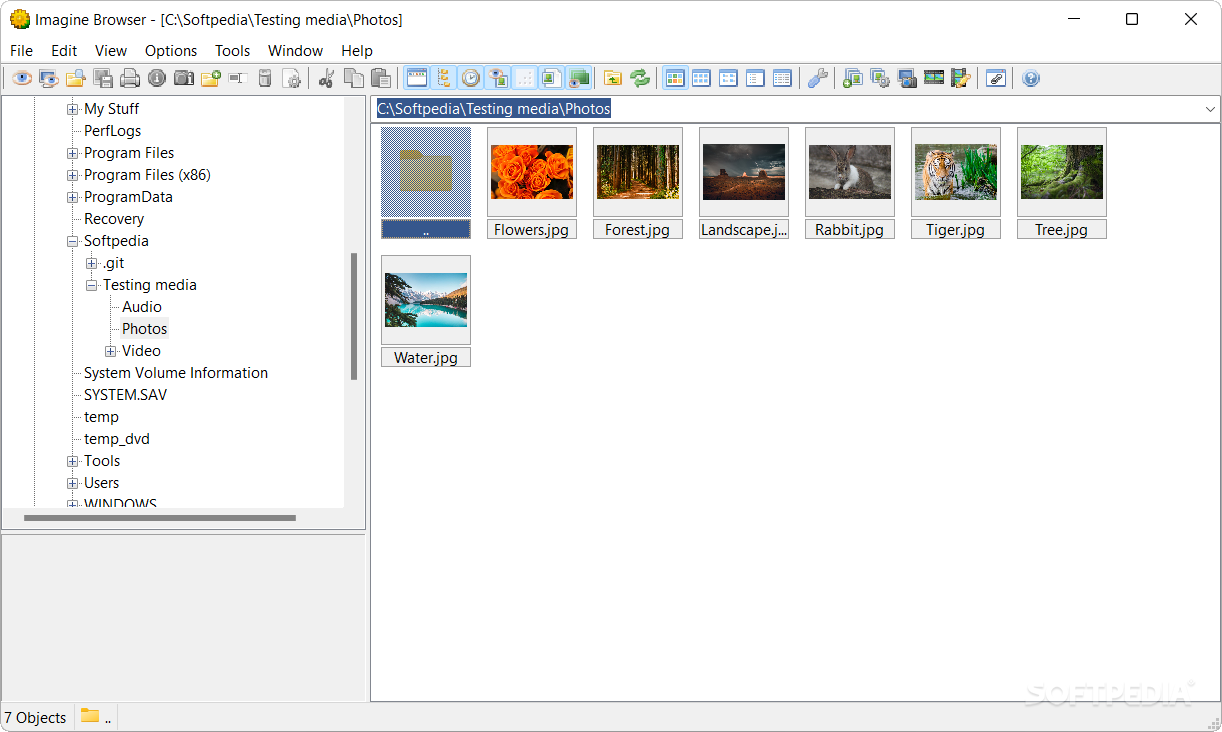
🌟 Features of ERDAS IMAGINE
🌟 Remote Sensing
It provides various remote sensing capabilities, allowing users to process and analyze satellite and aerial imagery. It supports various data formats, including multispectral, hyperspectral, and LiDAR data, enabling users to extract meaningful information from diverse sources. With its advanced algorithms, users can perform image classification, change detection, and land cover mapping, among other tasks.
🌟 Image Processing
It offers an extensive image processing tool suite that empowers users to enhance, manipulate, and analyze imagery. From basic operations like image rectification, mosaicking, and georeferencing to sophisticated tasks such as radiometric correction and pan-sharpening, the software provides a comprehensive set of tools for image manipulation.
🌟 Spatial Modeling
It allows users to create and execute spatial models, enabling them to automate complex geospatial workflows. Leveraging the Graphical Modeler allows users to string multiple processing steps and algorithms to streamline repetitive tasks. This feature saves time and ensures reproducibility and consistency in analysis.
🌟 Data Fusion
This software allows users to fuse data from multiple sensors and sources, facilitating a comprehensive understanding of the Earth’s surface. It enables the integration of different data types, such as imagery, elevation data, and vector data, resulting in rich and informative composite datasets.
🌟 Benefits of ERDAS IMAGINE
🌟 Advanced Analytics
it equips users with advanced analytical capabilities, enabling them to extract valuable insights from geospatial data. From detecting changes in land cover to assessing vegetation health and monitoring urban growth, the software provides a suite of spatial analysis and interpretation tools.
🌟 Integration with Other Software
This software seamlessly integrates with other geospatial software and platforms, allowing users to leverage additional functionalities. It supports interoperability with industry-standard tools like ArcGIS, ENVI, and QGIS, enabling data exchange and collaboration across different platforms.
🌟 Ease of Use
Despite its powerful features, it offers a user-friendly interface that caters to novice and experienced users. The intuitive graphical interface, comprehensive documentation, and online resources ensure a smooth learning curve and efficient utilization of the software’s capabilities.
🌟 System Requirements
✔🌟 Operating System: Windows 10 (64-bit) or later versions.
✔🌟 Processor: Intel Core i7 or equivalent (quad-core minimum, preferably higher).
✔🌟 RAM: 16 GB or more (32 GB recommended for large datasets and complex analyses).
✔🌟 Graphics Card: Dedicated graphics card with at least 2 GB VRAM (NVIDIA or AMD recommended for optimal performance).
✔🌟 Hard Disk Space: 10 GB of free disk space for software installation, additional space required for data storage and processing.
✔🌟 Display: Monitor with a resolution of 1920 x 1080 pixels or higher, supporting 24-bit color depth.
✔🌟 Network Connection: Software activation, licensing, and online data access are required.
✔🌟 Optional: A 3-button mouse for enhanced navigation within the software.
🌟 Conclusion
This software has emerged as a dominant remote sensing and geospatial analysis force. Its comprehensive features, advanced analytics capabilities, and seamless integration with other software make it a valuable tool for professionals and researchers. By leveraging the power, users can unlock the potential of geospatial data, enabling informed decision-making and a better understanding of our ever-changing world. You can embark on a geospatial exploration and analysis journey with the proper system requirements.
License: Shareware
Author: Hexagon AB
https://hexagon.com/

⭐️ Imagine 1.7.1 + Portable ✅ (16.6 MB)
